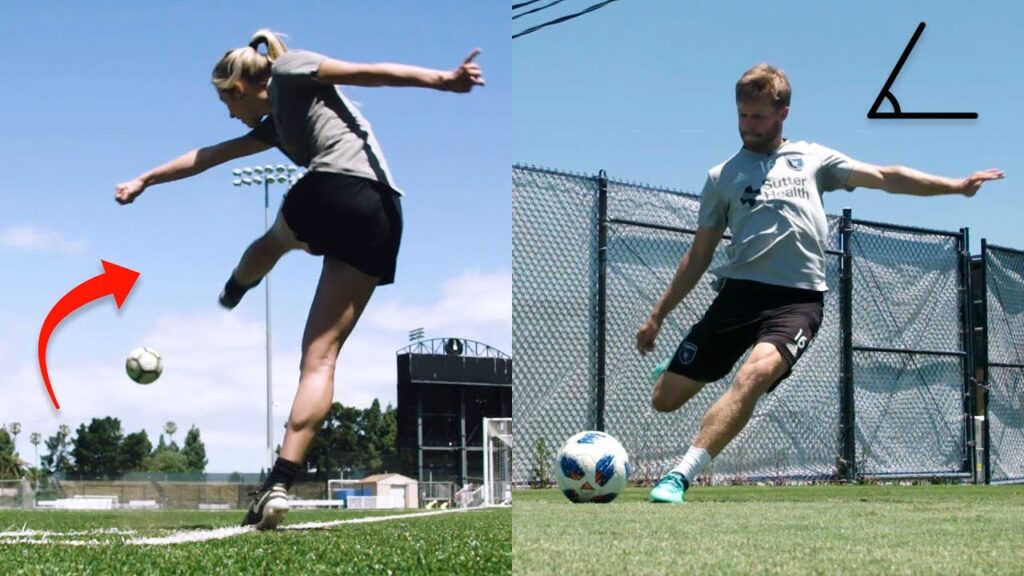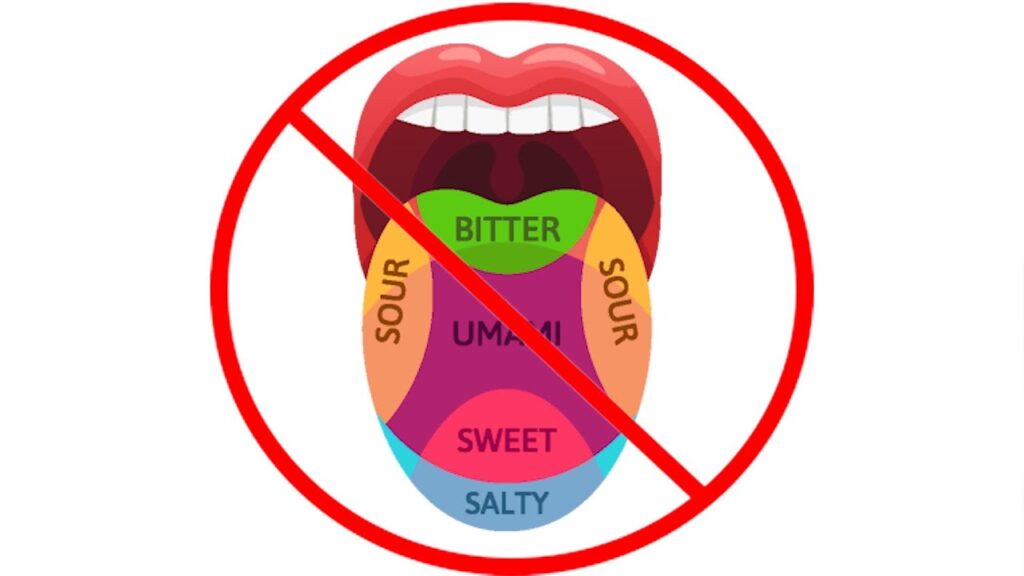The Wondrous World of Rotifers: A Closer Look
Summary
In this article, we delve into the fascinating world of rotifers, tiny aquatic animals that are no bigger than a hundredth of an inch. We explore their feeding habits, their unique anatomy, and how they move around. Additionally, we share tips on how to observe these incredible creatures for yourself.
Table of Contents
- What are rotifers?
- How do rotifers feed?
- What is the anatomy of a rotifer?
- How do rotifers move?
- How can you observe rotifers for yourself?
Introduction
The natural world is filled with incredible creatures, big and small, that often go unnoticed. One such tiny animal is the rotifer, a microscopic aquatic creature that is vital to the ecosystem it inhabits. Although they are tiny, these creatures have a fascinating anatomy and feeding habits that make them worthy of study. In this Q&A article, we will explore the world of rotifers and learn more about these amazing creatures.
Q&A
What are rotifers?
Rotifers are small, aquatic animals that are found in a variety of freshwater environments, including ponds, lakes, and rivers. They are incredibly tiny, with most species not growing bigger than a hundredth of an inch long. Despite their small size, these tiny creatures are important components of the ecosystem, serving as a food source for many other aquatic organisms.
How do rotifers feed?
Rotifers use their beating cilia to create a vortex that sucks in food particles, which could be animal or plant matter. Once the rotifer has captured its prey, it uses little jaws to grind up the food before digesting it in its stomach. The waste is expelled from the rotifer via an anus.
What is the anatomy of a rotifer?
Rotifers have a unique anatomy that is adapted to their aquatic lifestyle. They have a characteristic rotating wheel of cilia at their anterior end that helps them move and also capture food. They also have a transparent cuticle that allows for easy observation under a microscope. Some species of rotifers have an elongated body while others have a more spherical shape.
How do rotifers move?
Rotifers have beating cilia that help them move around. Some species swim freely while others are sessile, meaning they remain in one spot and wait for food to come to them.
How can you observe rotifers for yourself?
Observing rotifers is easy, and they can be found in many freshwater environments, including ponds, lakes, and rivers. To observe them, all you need is a microscope and a sample of dirty water from one of these environments. Simply place the sample on a slide and observe it under the microscope. You should be able to spot rotifers swimming around.
Conclusion
Despite their small size, rotifers are fascinating creatures that are well worth studying. Their unique abilities to feed, move, and survive in various aquatic environments make them an essential part of the ecosystem they inhabit. By observing them for ourselves, we can gain a better appreciation for the natural world around us.







